There’s never been an action movie like Lucy and there probably never will be. That may be a wild guess, but we’re willing to bet that most filmmakers wouldn’t think to make a film where Scarlett Johansson turns into an indestructible superbeing that can transform into a USB drive and communicate with ancient primates. But that’s just the film that Luc Besson, visionary director of Léon: The Professional and The Fifth Element, made in 2014. Audiences clearly responded to Lucy’s all-out insanity – the science-fiction/action film grossed $463 million on a production budget of $40 million.
What exactly goes into the process of making a movie that’s so off-the-wall? Taking a look at some of these behind the scenes secrets, we can get a little bit of insight into the out of the box thinking it takes to create this crazy project and massive box office success.
Here are 15 Secrets Behind The Making Of Lucy.
It took 9 years to make
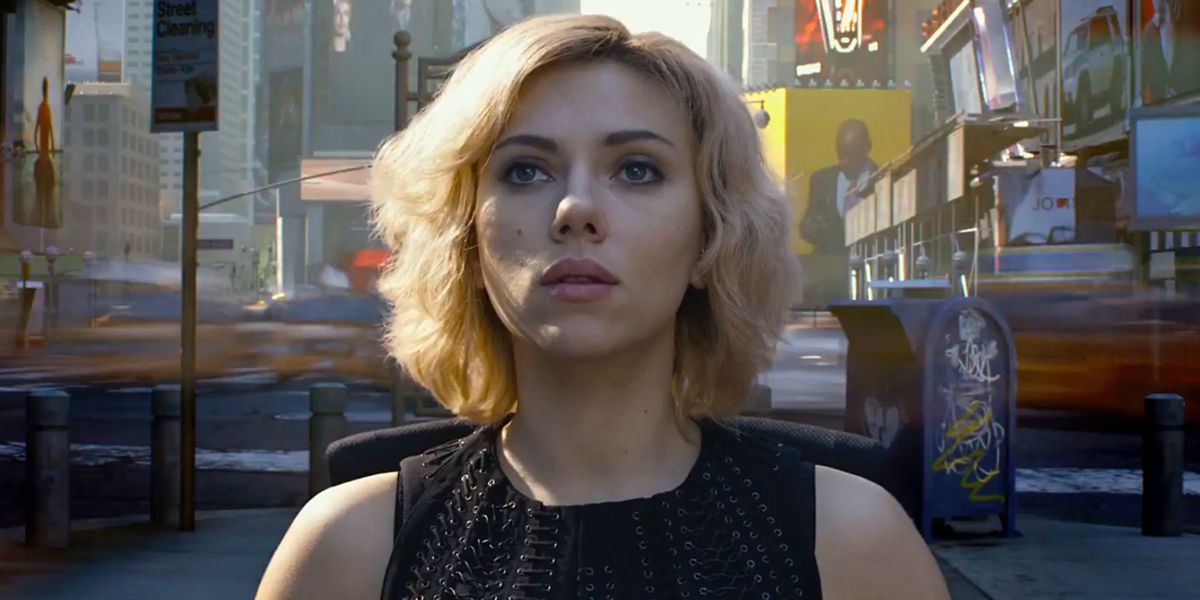
Even though the plot of the movie sounds like it was the result of an all-night manic writing session, the premise was actually slowly being developed over the course of nine years.
Besson said that he came up with the idea when talking with a neurosurgeon. It was through this conversation that Besson became interested in the idea of using theories revolving around neuroscience as a vehicle for an action movie.
Besson told Wired: “My first idea was to say, ‘OK, I want to do a thriller, I want to do something entertaining, but I want some food in it.’ You can’t talk about the brain and just be goofy”, which is a pretty weird thing to say in a movie where the protagonist can make people levitate using her mind.
Luc Besson wanted a diverse cast from the start
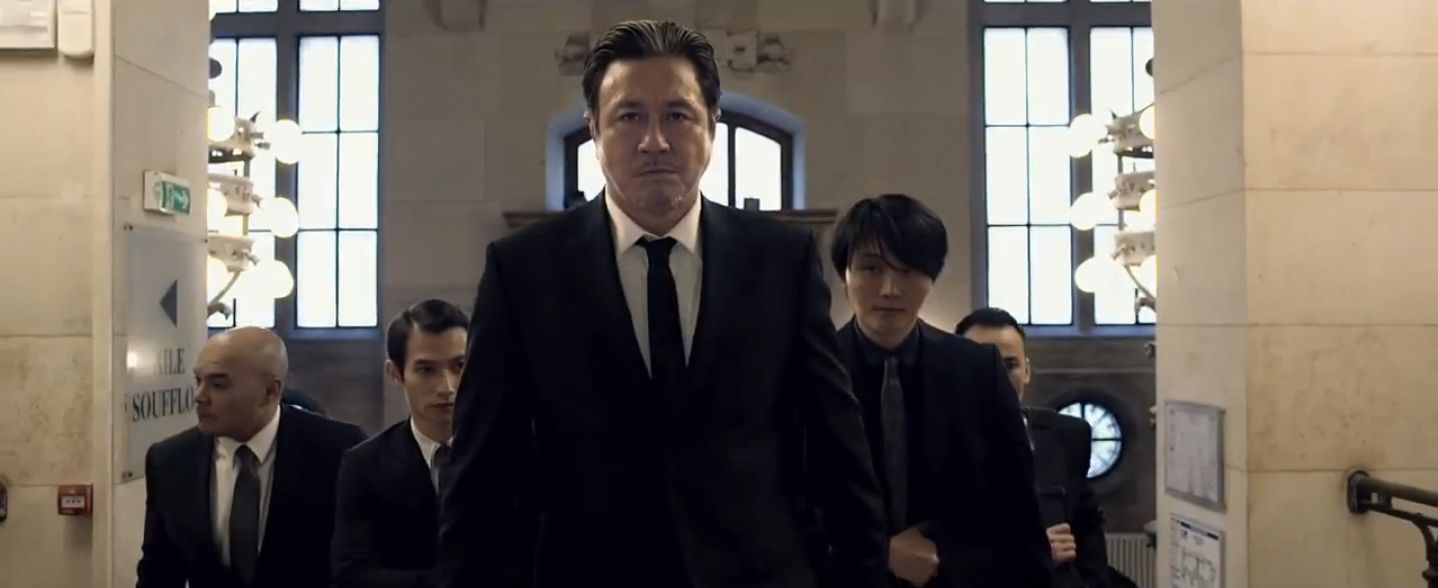
There’s been a great trend in big budget movies recently where more and more people of color are being cast in prominent roles. The majority of action stars are still overwhelmingly white, but with movies like Black Panther becoming huge hits, it seems the industry is finally starting to move in the right direction. So it’s especially cool that Luc Besson was trying to go for a diverse cast in Lucy.
Here you have an acting troupe that consists of Morgan Freeman, Oldboy star Cho Min-sik, and Egyptian character actor Amr Waked. When working in an industry that always seems five steps behind the curve when it comes to social progress, it’s great that Besson is so mindful in his casting choices.
The recurring tattoo
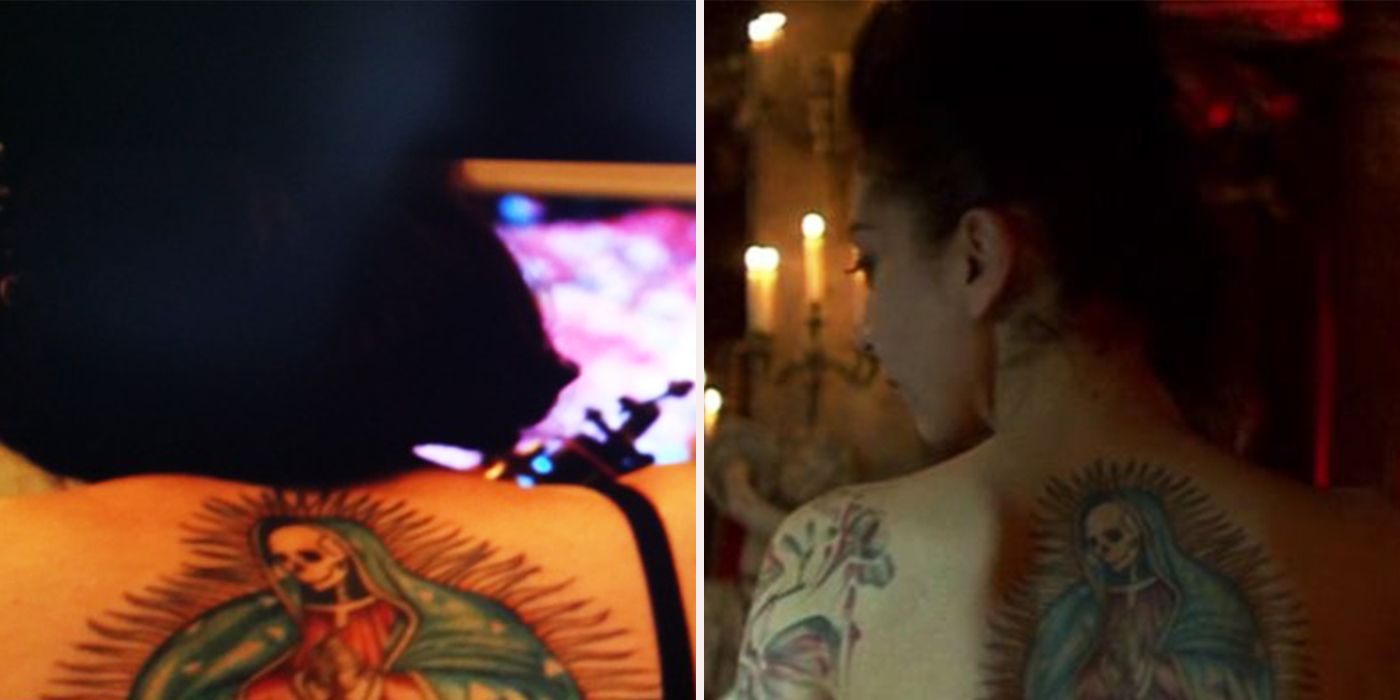
Allow us to put on our tinfoil hats for a moment here, but apparently, somewhere in the background, there’s a tattoo artist that shows up briefly in a wordless, uncredited role. Doesn’t sound like a huge deal, right? Except, according to IMDB, this person has shown up in 3 Days To Kill, another movie that Besson wrote, getting the same tattoo that can be seen in Lucy. And, like in Lucy, she’s not given a credit.
Who exactly is this mysterious woman?
What’s so significant about her that she has to show up anonymously in two different movies made by the same person? Do these two movies take place in the same cinematic universe? Okay, the last one’s probably not true, but it is a strange coincidence.
Morgan Freeman was interested in the premise of the movie before even being cast
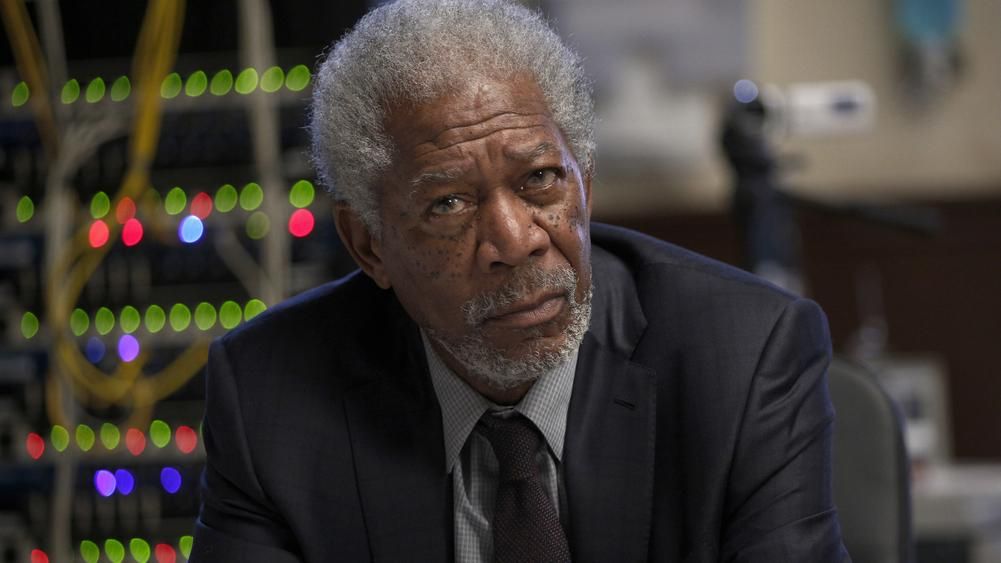
In the making featurette of the film, Morgan Freeman is seen talking about his interest in the film’s premise before even being cast in the movie.
The beloved Academy Award-winning actor is usually typecast in these “wise intellectual” roles, but it is cool to know that his casting felt like a more personal choice. Thankfully, it seems like the actor doesn’t believe that accessing 100% will give you superpowers. Yet, he does say that he’s fascinated by all of the possibilities this theory presents: “I fantasize that what we can imagine, we can do.”
Of course, the idea that we only use 10% of our brains is complete bunk, something that Besson himself knew. Another film fascinated with this false concept is the Bradley Cooper-starring Limitless.
Luc Besson knew that the premise has zero grounding in actual science
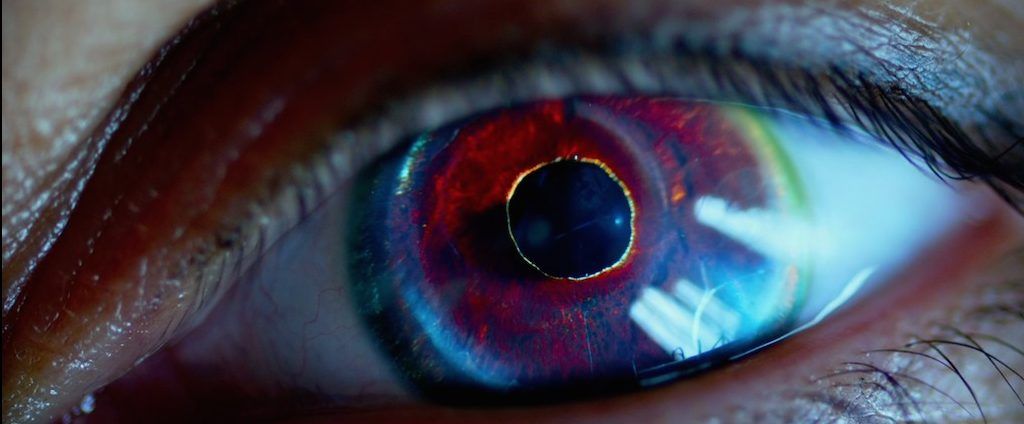
Unfortunately, while the idea that we have the potential to literally reshape time itself by thinking harder sounds awesome, this concept has been completely debunked.
Besson might be a little bit more self aware about the movie’s premise than we give him credit for. Even though he knows that the premise is totally unrealistic, the fact that it was still inspired by some legitimate neurological research meant that he felt the freedom to go as crazy with the plotline as he wanted.
“The numbers of communication per second is absolutely phenomenal,” Besson told Wired. “And we have no access to this information. So it was very easy to me to say, ‘What happens if one day we have access to our information—if our brain suddenly makes that connection, and then we can have access to it?”. The answer? Probably nothing much. But we can dream.
The fight scenes were filmed almost entirely practically
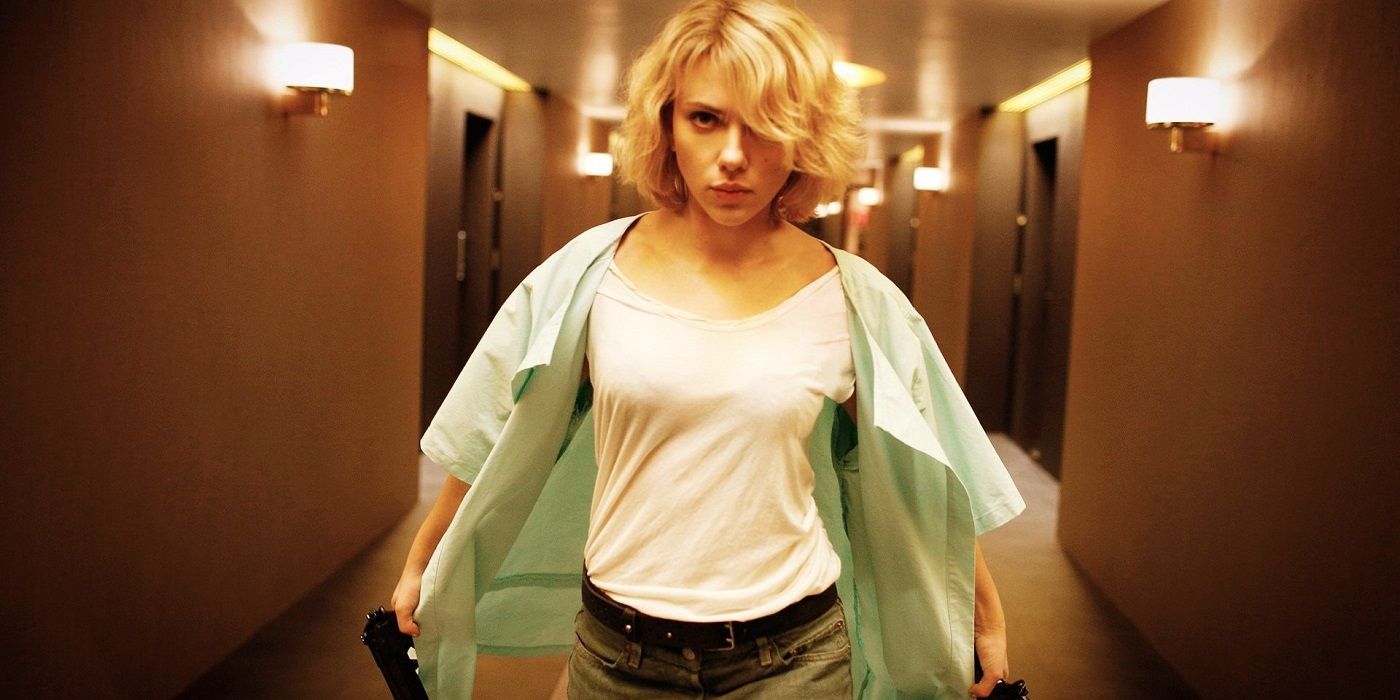
In the CGI age of action filmmaking, it can be so refreshing to see a movie made by a director the old school way. There’s nothing wrong with CGI, but when it’s overused in an action movie, audiences tend to just check out. There’s a great thrill in watching impossible stunts and brutal fight sequences onscreen knowing full well that there are actual people taking part in this.
It might sound surprising that such a visually inventive movie would use so many practical effects, but that’s exactly what the filmmakers have done, using classic techniques like wirework, rotating sets, and real cars during chase sequences to make the action feel a little more real.
The car chase in Paris was filmed during Holy Day to make sure the streets were empty
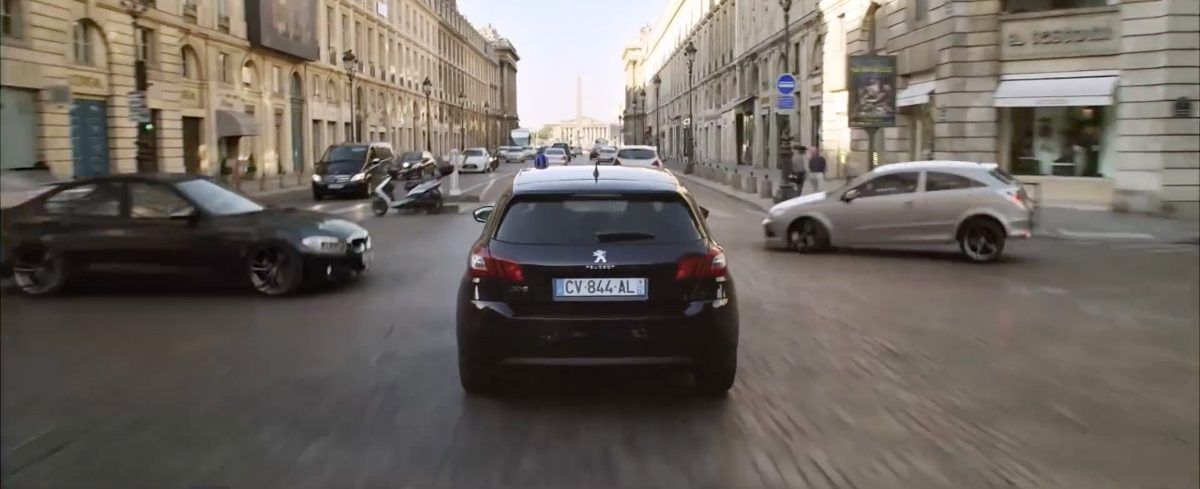
One of the cool things about practical filmmaking is that it forces you to get creative. You don’t have the luxury of relaxing in an air conditioned set for an unlimited amount of time. When you’re there on location, you have to be prepared to face any problems that come your way.
For example, when filming the car chases in Paris, they found a much more cost effective way to block off traffic. By shooting the scene during Holy Day, they basically had complete access to the streets without having to deal with the hassle of working around people’s daily commute.
It makes things way safer, though, in the world of filmmaking, you can only be so safe.
Scarlett Johansson’s risky stunt
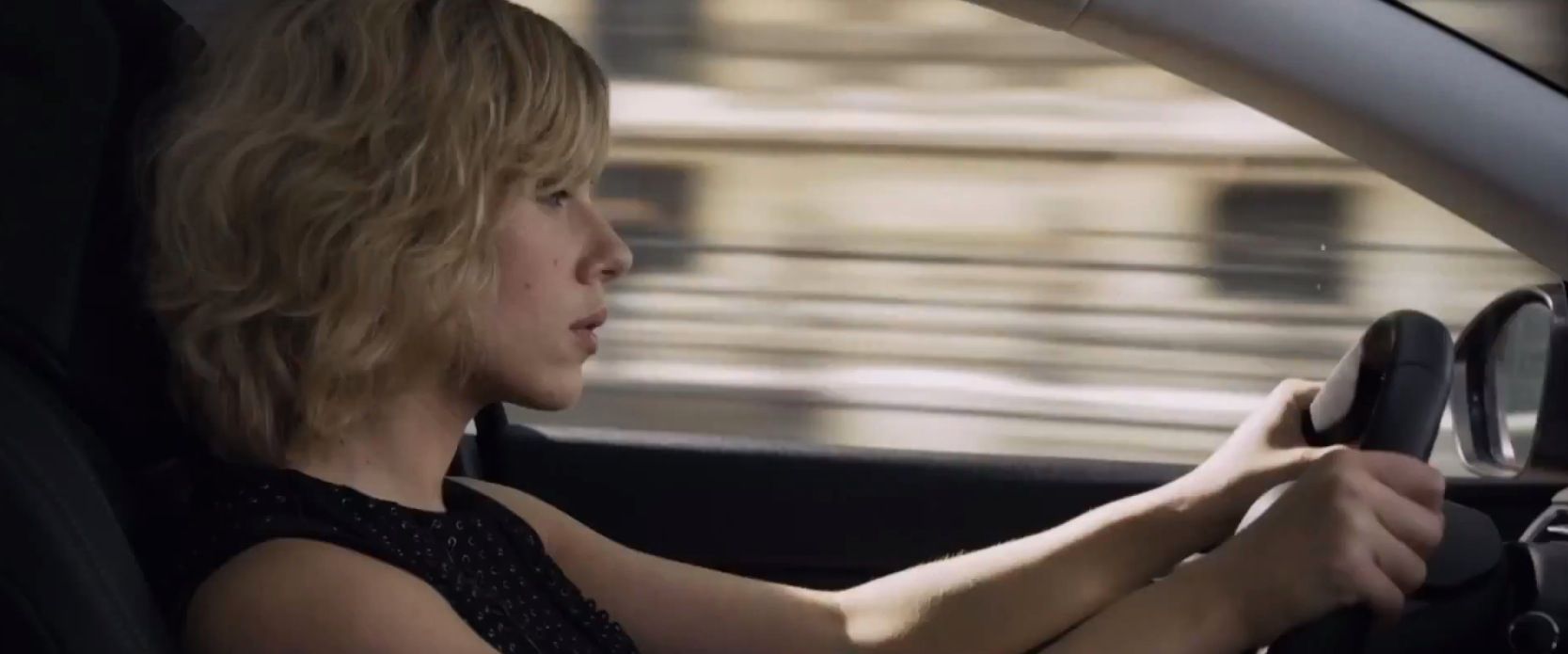
It’s awesome that Scarlett Johansson was willing to do some of her own stunts and she has experience in it from her work as the super-spy and assassin Black Window in the MCU films. But after nearly losing her life doing a car chase in Lucy, she might want to relax a little bit.
The stunt in question? Jumping from one moving car to another.
In doing so Johansson’s backpack got caught on the car door, causing her to be literally dragged across the asphalt behind the car. Miraculously, she came out mostly unscathed, only suffering a couple bruises. Hopefully, next time Johansson steps up to such a stunt, she remembers that stunt doubles exist for a reason.
The inhumanity of Lucy
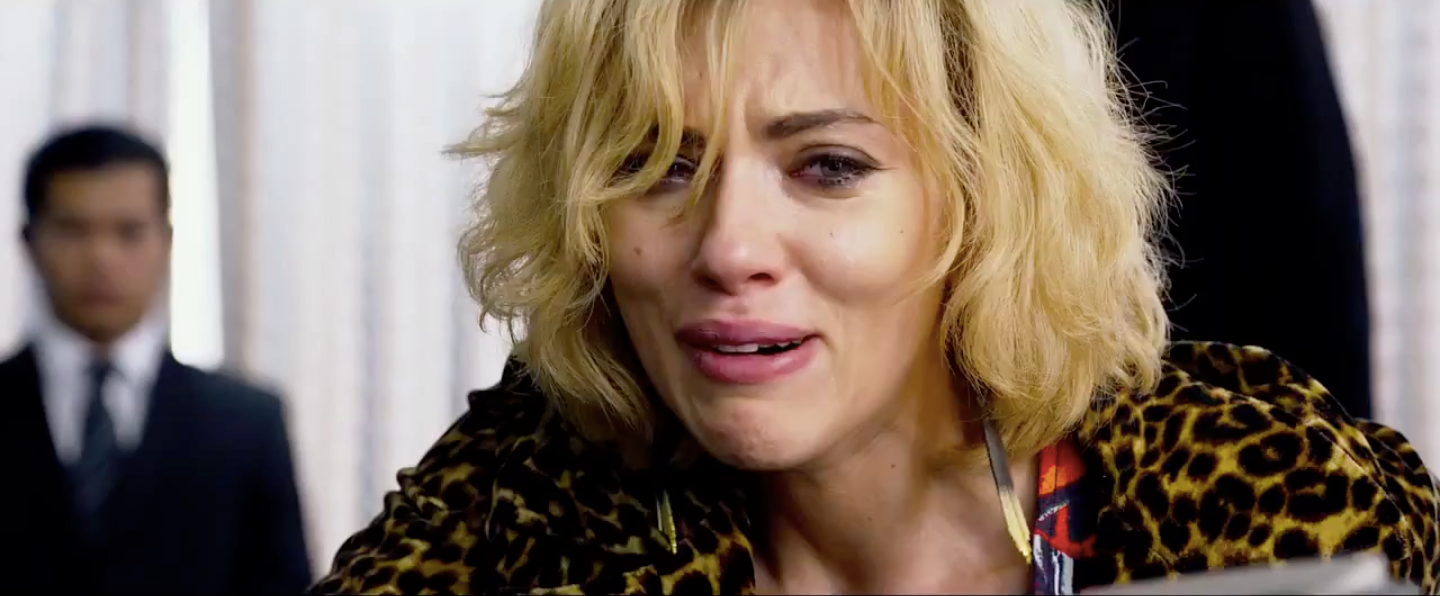
Getting dragged behind a car while filming would easily qualify a role as being “difficult, but Johansson’s real difficulty came from portraying the deceptively complex role of Lucy.
Lucy is more than just a run-of-the-mill action heroine, she’s supposed to be a heightened force of nature.
As she starts unlocking more of her brain, she gains access to untapped knowledge while slowly losing her humanity and empathy. Her behavior is so far from being human that any actress would have difficulty in properly portraying her. Understandably, Johansson said that her favorite sections of the movie were near the beginning, where she can act as an actual human, as opposed to a superpowered Terminator in a tank top.
Johansson made a chart to track what percentage of her brain her character was using
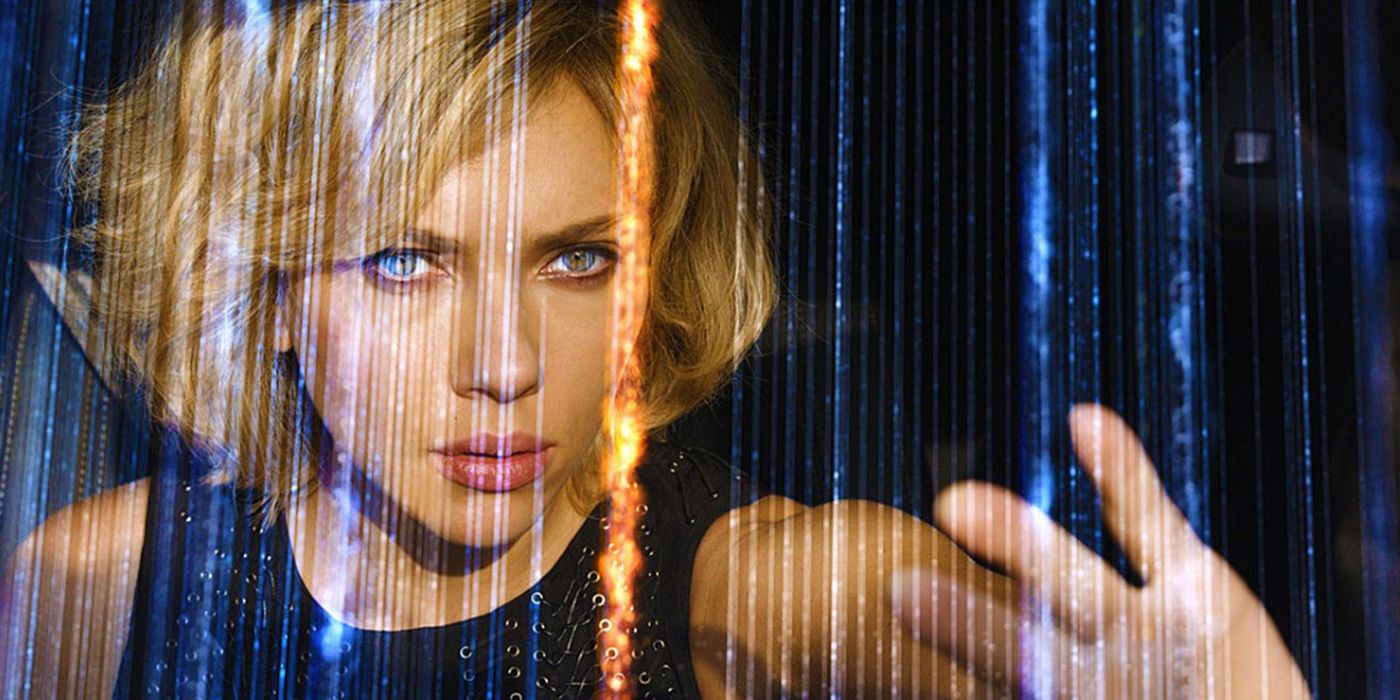
One of the ways that Johansson tackled the challenging role of Lucy was by drawing up an entire diagram that charts what percentage of her brain her character would be using during any given scene. It seems like this would be a pretty obvious thing to know, as it was surely indicated in Besson’s script, but because movies are usually shot out of order, getting a handle on character progression can be a pretty difficult thing to manage.
Add that to a character who’s development literally involves her becoming less human, and it’s easy to see why such drastic measures were taken to make sure Johansson was on the same page that the filmmakers were. Talk about dedication to the role – and it clearly paid off!
The production was nearly derailed when the Taiwanese press swarmed the set
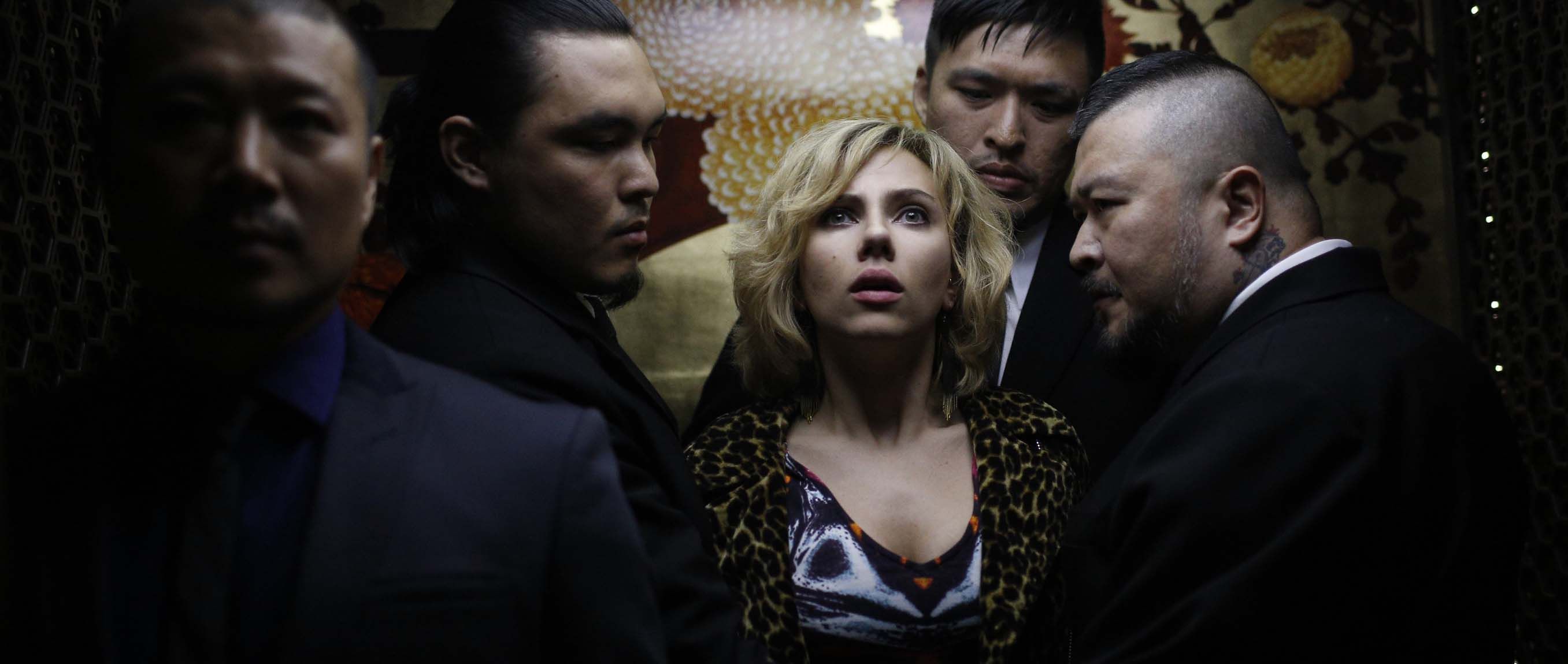
Not too many films with American film get shot in Taiwan, so it makes sense that the press would go a little crazy when they learned that Scarlett Johansson would be making her next movie there. However, things took a turn for the worse when the press swarmed the set, causing major delays to the production.
Nobody was more angry about this than Luc Besson, who said that he was “extremely angry” about the media circus that suddenly started inconveniencing his production. He seemed to have softened up later, when he praised the country as being one of his favorite locations to shoot in.
Still, it had to be frustrating to have a mob of journalist stampede through your film set. Sometimes, there is such thing as too much publicity.
Besson was surprised by the visual effects
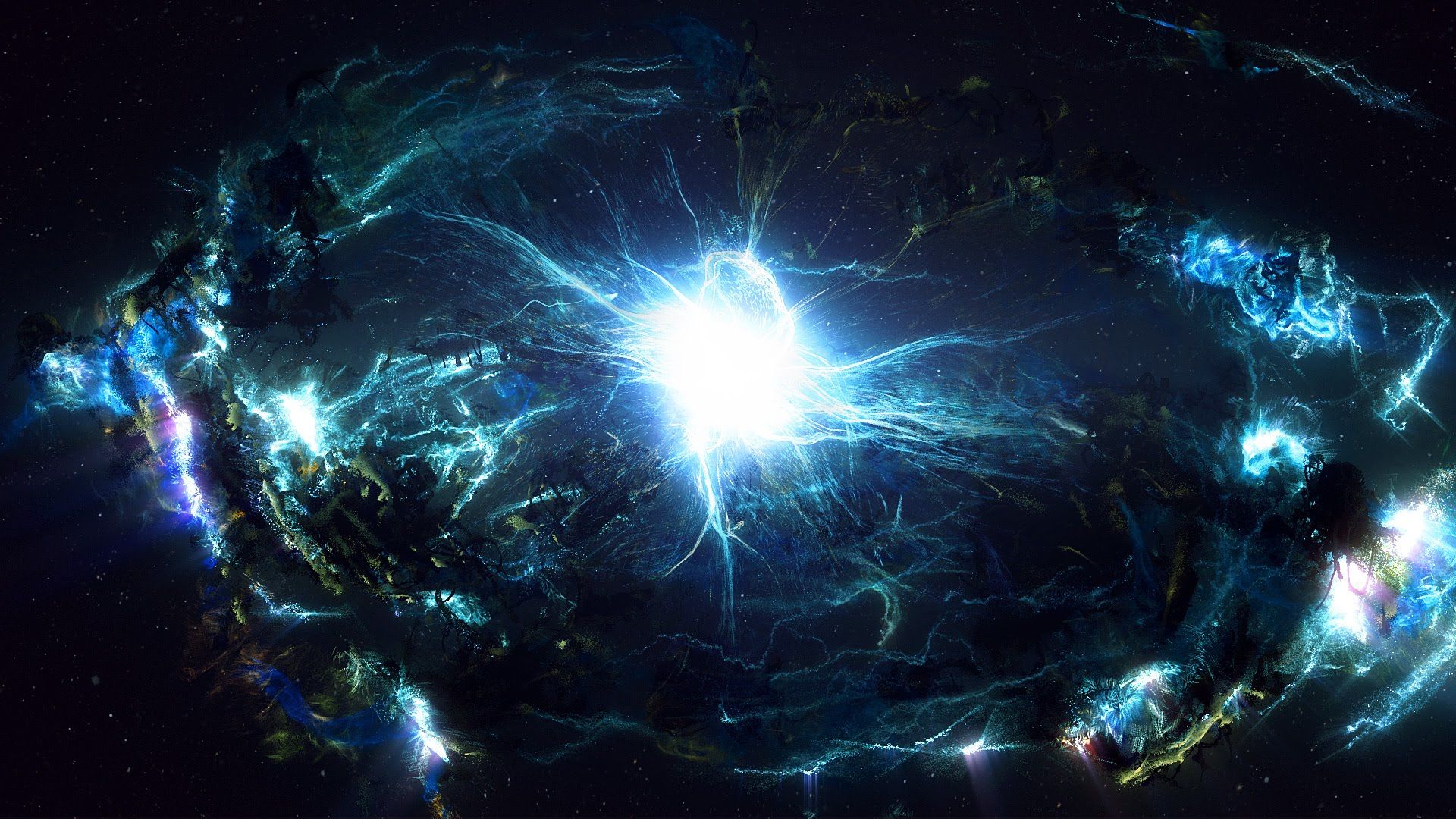
One would expect a director as technically accomplished as Luc Besson to work with the visual effects department every step of the way. But VFX supervisor Richard Bluff of computer generated effects house Industrial Light & Magic (aka ILM) actually told The Hollywood Reporter that he was given the freedom to experiment with Lucy‘s CGI as much as he wanted.
As a result, he was really able to push himself, giving birth to some of the film’s most stunning sequences with computer techniques that have rarely been attempted before. One of the movie’s most memorable visuals were the look of the drug particles themselves, which where created by mimicking the chemical reactions made in DJ booths at raves.
One of the most visually stunning sequences was inspired by an in-flight magazine
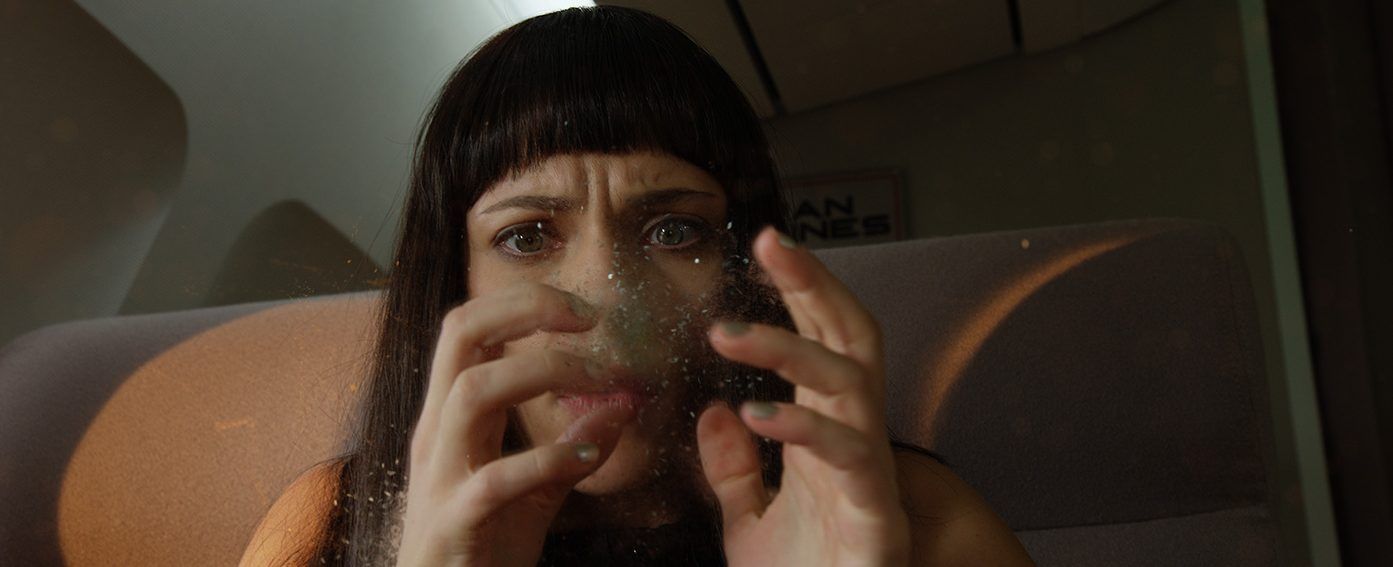
In one of the film’s standout sequences, Lucy is seen trying to control the effects of the drug and, in doing so, starts to disintegrate into a bright blue mass of particles. It’s terrifying, disturbing, and, most of all, stunning to look at.
It has the feeling of body horror with the dynamic visuals of a fireworks display.
It might be surprising to learn that the scene was inspired by, of all things, an in-flight magazine. Besson showed the VFX supervisors an advertisement on the front cover of a magazine he found on a plane. “It was a picture of a face that was covered in sprinkles from cupcakes. He said, ‘I want you to build this sequence around this image.'”
Set an IMAX Record
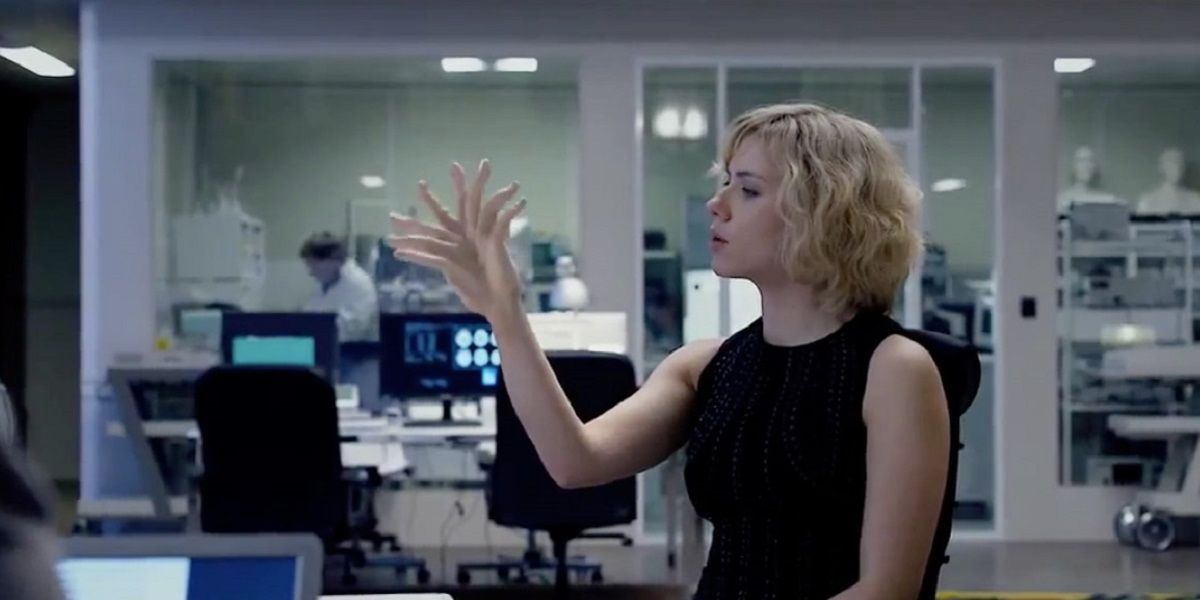
R-Rated action has been going through a bit of a renaissance now with John Wick and Deadpool dominating the box office.
It wasn’t too long ago when making an action movie that couldn’t draw in teenagers was considered a huge risk.
The fact that Besson decided to go all out with the film’s over the top violence is impressive enough – that he also blew a whole bunch of the movie’s budget on IMAX cameras was considered almost unthinkable. Clearly it was worth the risk.
When your movie ends with a time travel sequence that references, of all things, 2001: A Space Odyssey, audiences will want to see it on as big a screen as physically possible.
The storyline was developed alongside Nobel Prize winners
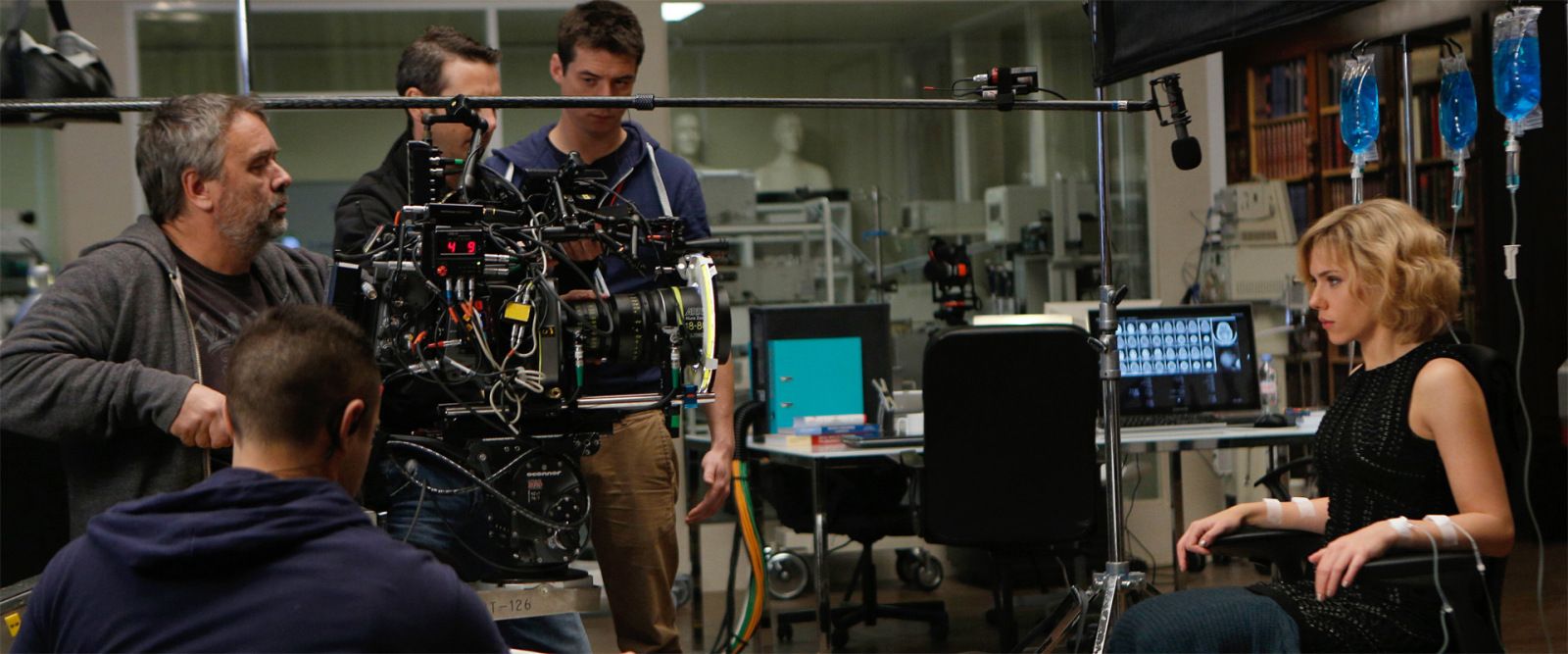
In case we haven’t mentioned it enough, the idea that we only use 10 percent of our brains is a myth. That being said, it is interesting that a story that flies in the face of scientific knowledge has had access to a great many professionals in the research field. Johansson recounts Besson consulting with clinical psychologists, and Besson himself recalls spending time and conversing with 12 different Nobel Prize winners.
Looking at the film, it seems Besson grabbed a bunch of disconnected scientific theories and mashed them all together in order to make his movie as interesting and entertaining as possible, regardless of scientific accuracy. There likely isn’t too much research revolving around human to USB transformations, after all.
—
Do you have other trivia to share about Lucy? Let us know in the comments!




